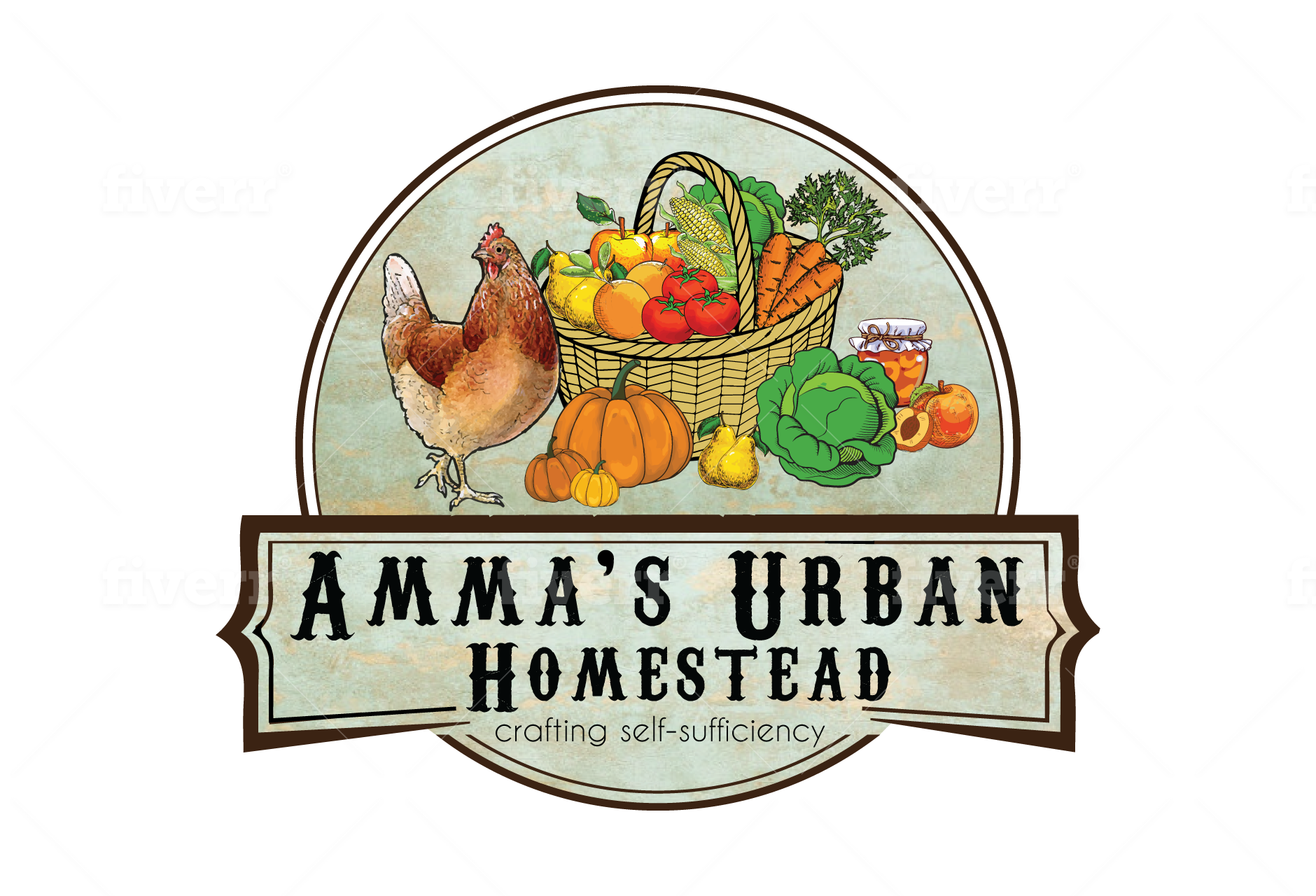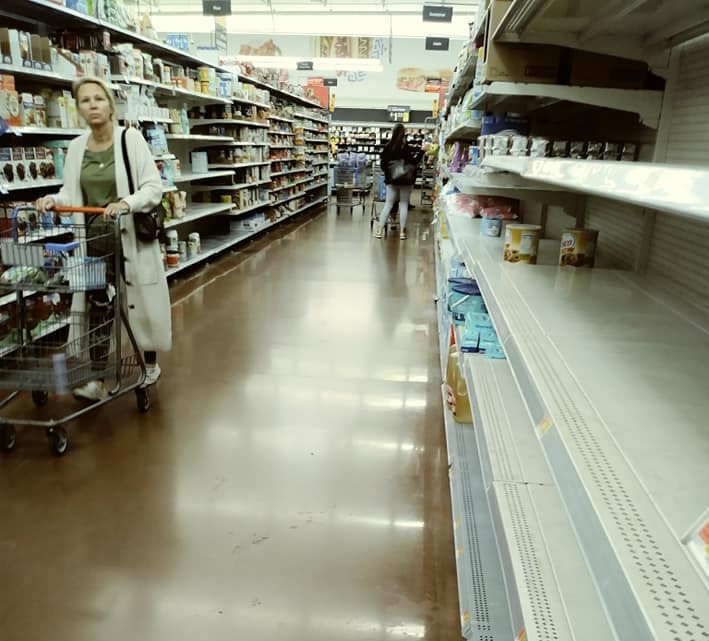A Crazy Year!
I am sure you will agree that, so far, 2020 has been a crazy year. Our sense of normalcy and security was upended as never before by a nasty bug we now know as COVID-19 and many people were simply not prepared. As panic buying set in and store shelves emptied, I read posts on Facebook and Nextdoor about people’s struggles to find basic supplies. I realized just how unprepared most households are. I also saw a desire to be more self-sufficient in the many questions about starting a garden (not an easy thing in the desert!), sewing masks, and making hand sanitizer. I found myself answering many questions every day on social media and receiving positive reactions to my answers. From that, the idea for this blog was born.
As the world celebrated the start of a new year and a new decade, little did we know how profoundly our lives would soon change. The year started with news that a new novel coronavirus was linked to a cluster of pneumonia cases in Wuhan, China. China is a long way from the U.S., so most people here were not overly concerned by the news. However, things changed rapidly, leaving many unprepared to navigate the new challenges.
Soon, the threat became all too real for the entire world. By the end of January, the virus had spread to 18 countries beyond China, including the United States. Chinese authorities placed Wuhan’s 11 million residents under quarantine. The World Health Organization (WHO) declared the outbreak a global health emergency and the White House announced a ban on most foreign nationals who had traveled to China in the previous 14 days. Some folks started to take things more seriously. Those of us known as “preppers” had little alarm bells going off in our heads.
The virus, now named COVID-19, continued to spread reaching the United States and Europe in February. Cruise ship passengers fell ill, and ships were quarantined. The U.S. stock market plunged on February 24 as the Dow Jones Industrial Average had its worst day in two years. President Trump announced new travel restrictions to Iran, Italy, and South Korea. People were growing more concerned. Preppers were prepared, but most folks were just worried and unsure of what to do or how seriously to take the situation.
The spread of the virus quickly snowballed. By March 6, the number of cases globally reached 100,000. Large events across the country were cancelled. Italy, one of the hardest hit countries, placed around 16 million people in the Lombardy region under lockdown on March 8. Two days later, the lockdown was expanded to the entire country. On March 11, the WHO declared the COVID-19 outbreak to be a pandemic. Panic buying quickly stripped store shelves of basic items such as toilet paper, paper towels, bottled water, cleaning supplies, bread, milk, and canned goods. Stores imposed limits on many items. Hand sanitizer, bleach, and toilet paper became rare commodities. Some of us were very relieved that our shelves were well-stocked as a routine part of life.
As the days of March passed, sports seasons were canceled, and some schools closed to slow the spread. The Centers for Disease Control (CDC) issued guidelines suggesting that people not meet in groups of more than 50 which was soon followed by suggestions from the White House to limit groups to 10. Stocks once again plunged. Across the country, states postponed elections. Canada and Germany imposed travel restrictions. The 2020 summer Olympics were postponed to 2021.
San Francisco became the first U.S. city to enact a lockdown. By March 17, every state had at least one confirmed case of COVID-19. On March 19, California Governor Gavin Newsom placed the state’s 40 million residents under a stay-at-home order. By the end of March New Jersey, Ohio, Louisiana, Washington, Alaska, Hawaii, Vermont, Minnesota, Idaho, Montana, North Carolina, Utah, Virginia, Arizona, South Carolina, and Maine followed. Parents who could work from home had to juggle work and school at home for their children. Unemployment sky-rocketed with 6.6 million Americans filed unemployment claims. Gas prices dipped to below $2 a gallon in some places. The federal government provided financial relief to Americans with $2 trillion coronavirus economic stimulus bill. Those who were not financially prepared for a crisis panicked. Record numbers of Americans had to rely on food banks, many for the first time in their lives.
On April 1, Pennsylvania, Florida, Mississippi, and Georgia issued stay-at-home orders followed shortly by Tennessee, Georgia, and South Carolina. By April 3, the U.S. death-toll was 7,000 and the number of confirmed cases nationwide was more than 275,500. The White House and the CDC reversed their earlier stance and recommended wearing cloth masks in public to slow the spread of the virus. With masks in critically short supply for health care workers and first responders, people began sewing masks at home and some companies converted to mask making. This led to fabric and elastic shortages. Home sewers and quilters made good use of their fabric collections.
By April 11, the death toll in the U.S. surpassed 20,000 with more than 500,000 confirmed cases nationwide. By April 13, every state had at least one coronavirus death and a declaration of major disaster. The U.S. death toll reached 36,734 with more than 700,000 people testing positive for coronavirus by April 18. Ten days later the death toll had risen to 57,071 with more than a million confirmed cases. There was still no cure and the most ill required ventilators, but two vaccines were in the testing trial stage of development. Meanwhile, across the country, protesters demanded that stay-at-home orders be lifted while several states announced plans for reopening.
Store shelves were better stocked as the supply chain caught up with demand, although some items such as toilet paper, cleaning supplies, and hand sanitizer were still limited and prices had gone up. Shoppers were relieved, but the relief was short-lived when meat packing plants, classified as essential businesses, closed due to coronavirus outbreaks. Twenty-six million Americans had filed for unemployment since the start of the pandemic. The House passed an additional $500 billion interim coronavirus bill to provide additional funding for small businesses, hospitals, and testing.
Some states began phasing out stay-at-home orders. As stay-at-home orders were lifted, businesses adapted to a new normal. Airlines reduced bookings and required masks. Restaurants that had been limited to take-out and delivery removed tables and roped off booths to provide social distancing. Plexiglass barriers became the norm at checkout counters. Signs reminding us to social distance, wash our hands, and stay home when sick popped up everywhere. Floors at checkout lines were marked at six-foot intervals to remind everyone to keep their distance. Hair salons and barbershops opened by appointment only. Stuck at home and concerned about food shortages, record numbers of people started gardens overwhelming seed and plant growers and garden supply stores. By the end of April, the unemployment rate in the U.S. had risen to 18% and many people were anxious to return to work. Some felt the threat was over, but many worried about a second wave of COVID-19.
Early in the pandemic, shortages limited testing to people with symptoms. By the end of April, increased testing capacity and a new antibody test that could tell if someone had already had COVID-19 and recovered spurred a push to increase testing. Another glimmer of hope was the emergency approval of the investigational antiviral drug remdesivir which shortens recovery time.
Around the world and across the country, government leaders made the hard decisions to lift, phase out, or extend stay-at-home orders. While some places like hard-hit Italy accelerated re-opening, other places like Los Angeles County extended their stay-at-home orders. As the pandemic dragged on through May, the United Nations warned of a global mental health crisis. By mid-month, the U.S. reported over 90,000 deaths and nearly 1.5 million confirmed cases. By May 20 all fifty states were lifting at least some of their lockdown measures.
So, where do we stand today? COVID-19 has killed over 100,000 people in the U.S. and 363,000 worldwide, brought vast segments of the economy to a halt, shuttered schools, confined people to their homes, separated families, overwhelmed hospitals with the sick, pushed the unemployment rate to levels unheard of since the Great Depression, drove businesses large and small to bankruptcy or complete closure, and reshaped our lives in ways we never anticipated. For those who planned and prepared for emergencies and disasters, the impact was much less than for those who did not. One of my goals in writing this blog is to help people be more prepared for whatever situations arise.
Along with all the negatives, there have been some positives during this time of coronavirus. Life has moved at a slower pace. We have found creative ways to entertain ourselves. A record number of people started gardens. Neighbors stepped up to help neighbors. Pollution levels dropped. Deficiencies in the healthcare system were exposed.
It has been a learning experience for all of us. We have seen just how bad things can get and how prepared (or unprepared) we were. If all goes well, an effective vaccine will be developed soon, and COVID-19 will be under control. Before then, we are sure to see new waves of the virus as the world tries to get back to normal. This was not the first pandemic and it likely will not be the last. Other situations will arise, whether on a personal, local, regional, national, or global scale. For some, the lessons of these past months will be forgotten. For others, being prepared for whatever the future holds will be a new normal. It is my hope that those folks will find inspiration and knowledge here at Amma’s Urban Homestead.


